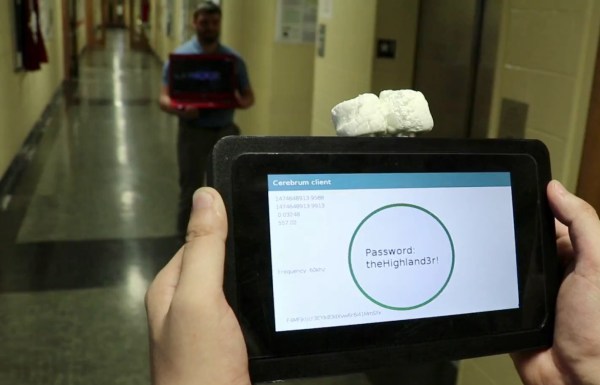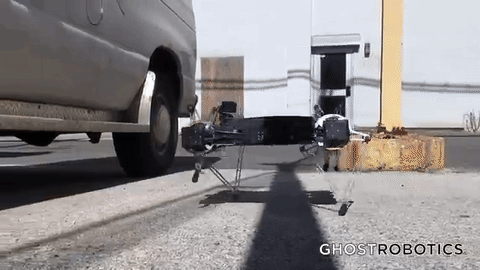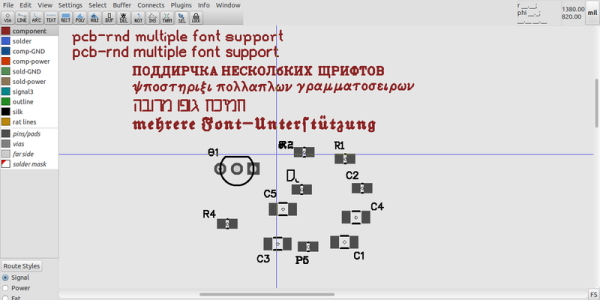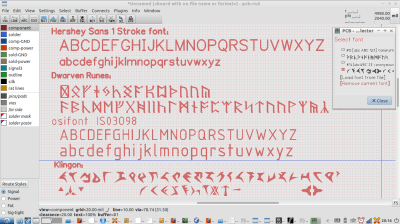There are innumerable password hacking methods but recent advances in acoustic and accelerometer sensing have opened up the door to side-channel attacks, where passwords or other sensitive data can be extracted from the acoustic properties of the electronics and human interface to the device. A recent and dramatic example includes the hacking of RSA encryption simply by listening to the frequencies of sound a processor puts out when crunching the numbers.
Now there is a new long-distance hack on the scene. The Cerebrum system represents a recent innovation in side-channel password attacks leveraging acoustic signatures of mobile and other electronic devices to extract password data at stand-off distances.
Continue reading “Cerebrum: Mobile Passwords Lifted Acoustically With NASB”







![A selection of probes, from [Jim Williams'] Linear Technology app note 72.](https://hackaday.com/wp-content/uploads/2017/03/lt-probe-configurations.jpg?w=400)












